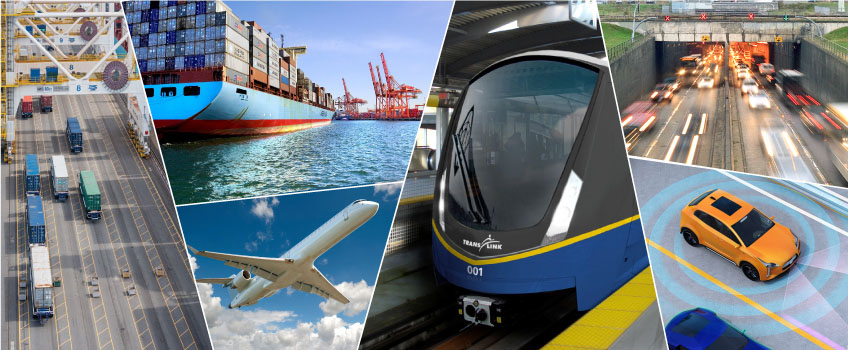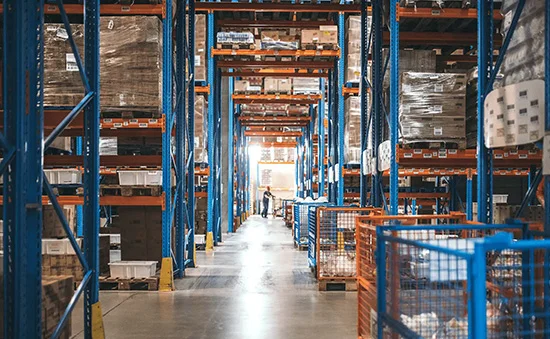The transport system, in its simplest terms, is the backbone of any civilization. It is the network of routes and methods that facilitate the movement of people, goods, and services from one place to another. However, the transport system is not just about roads, railways, airways, and waterways. It is a complex, dynamic, and evolving entity that plays a pivotal role in shaping economies, societies, and the environment.
The transport system can be broadly categorized into land, water, and air transport, each having its unique characteristics, advantages, and challenges. Land transport includes roadways, railways, and pipelines, while water transport comprises shipping routes and canals. Airways, on the other hand, include both domestic and international flights.
The transport system is the lifeblood of global trade and commerce. It enables the efficient and timely movement of goods from producers to consumers, thereby facilitating economic growth and development. It is also crucial for the movement of people, whether for work, education, or leisure.
However, the transport system is not without its challenges. The increasing demand for transport, driven by population growth and urbanization, is putting immense pressure on existing infrastructure. This is leading to congestion, delays, and increased pollution. Moreover, the transport sector is a significant contributor to greenhouse gas emissions, which is a major concern in the context of climate change.
To address these challenges, there is a growing emphasis on developing sustainable transport systems. This involves promoting public transport, cycling, and walking, improving fuel efficiency, and transitioning to electric and hydrogen-powered vehicles. There is also a growing interest in exploring innovative transport solutions, such as hyperloop technology and autonomous vehicles.
The transport system is also closely linked to social equity issues. Access to reliable, affordable, and safe transport is a key determinant of social inclusion and quality of life. Therefore, transport planning and policy-making need to take into account the needs of all sections of society, including the poor, the elderly, and people with disabilities.
In conclusion, the transport system is much more than just a means of getting from point A to point B. It is a complex and dynamic system that plays a crucial role in shaping our economies, societies, and environment. As we move forward, the challenge lies in developing and managing transport systems that are not only efficient and reliable but also sustainable and equitable.



